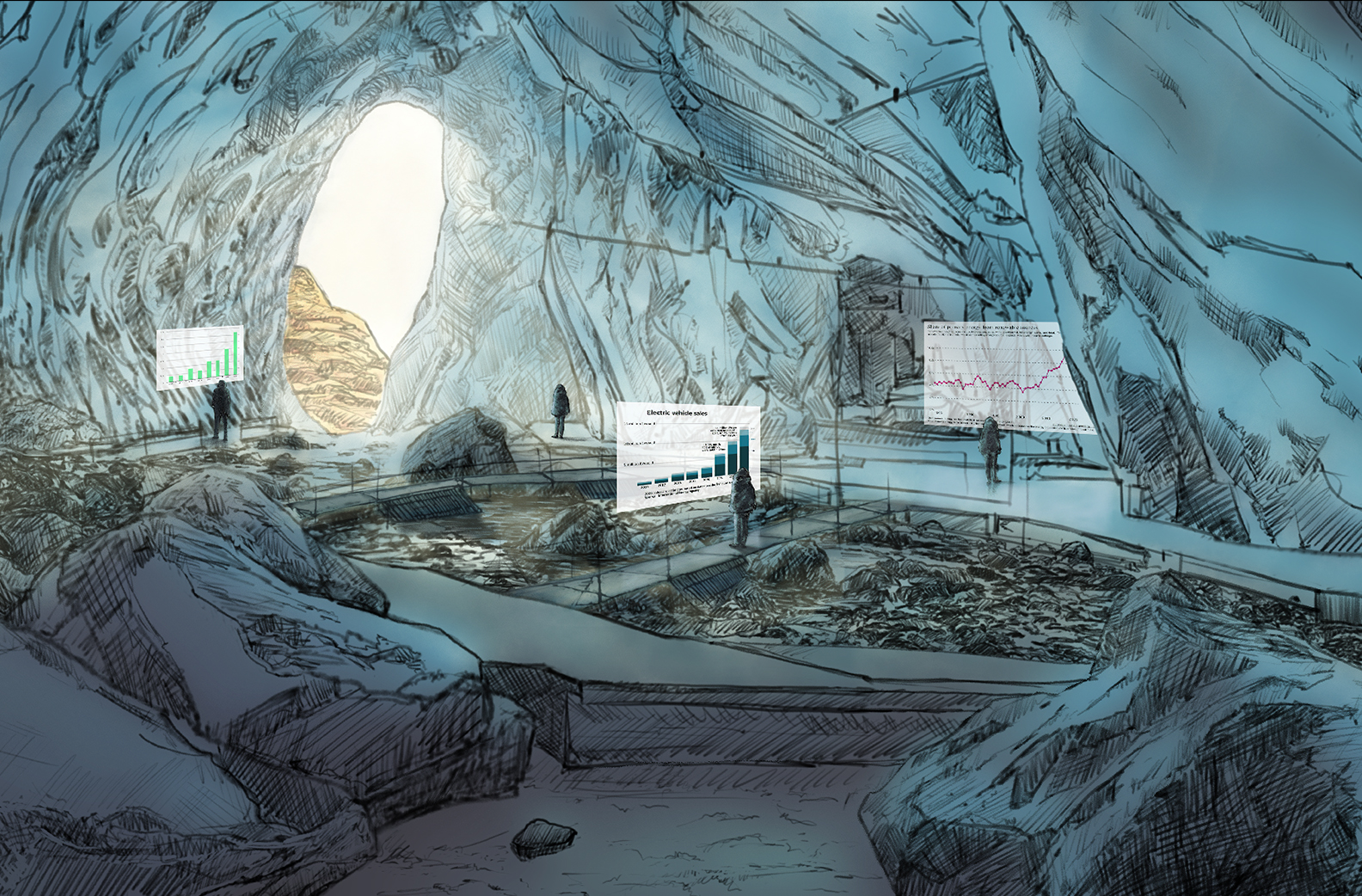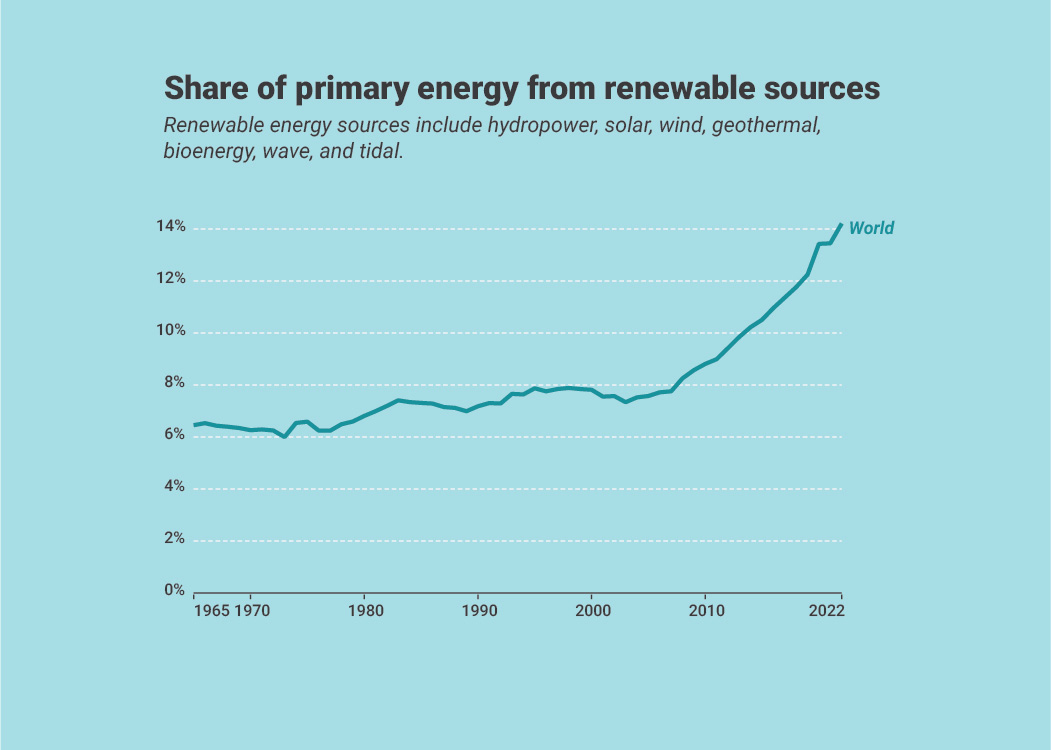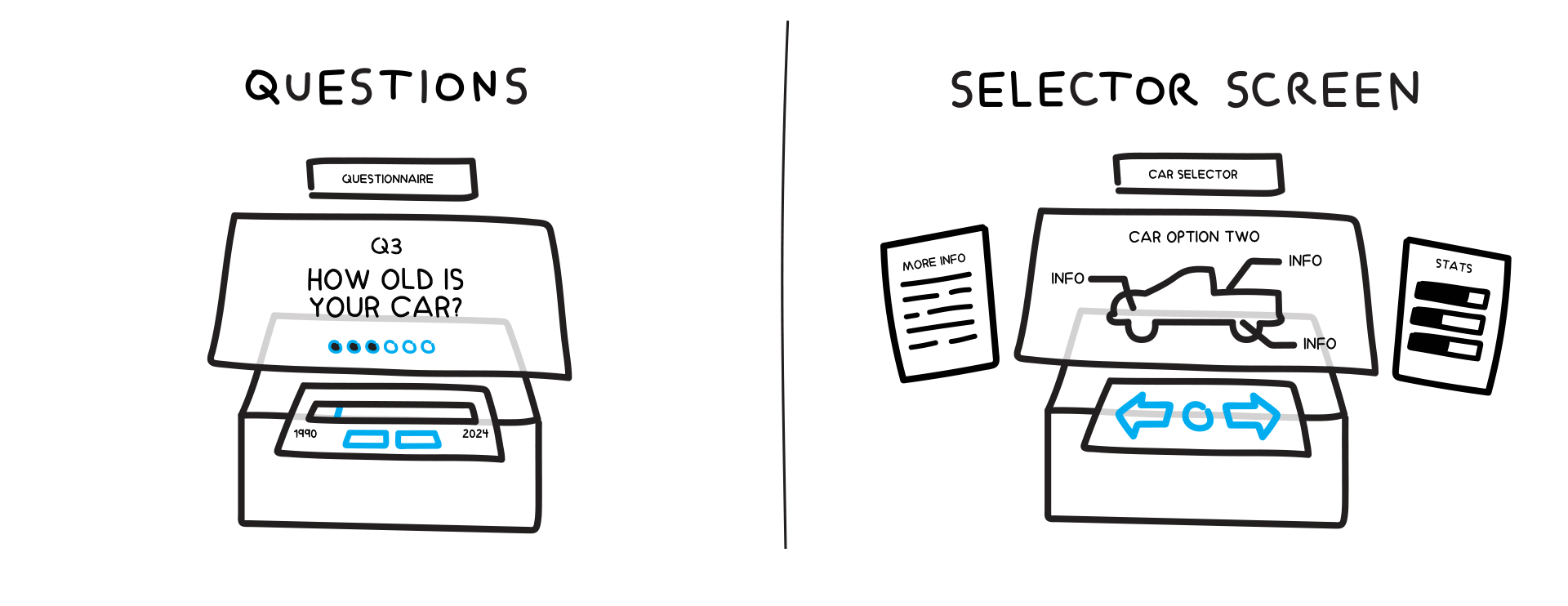
A Way to See Climate Change Differently
IRC researchers are collaborating with scientists who are part of the iHARP project, the NSF Institute for Harnessing Data and Model Revolution (HDR) in the Polar Regions based at UMBC under the leadership of Principal Investigator, Dr. Vandana Janeja. We are prototyping a way to visualize, in immersive reality (VR), science-based content that could influence the audience’s beliefs and attitudes about the urgent need to do what we must to curb climate change and its effects.
Climate Change is a Human Challenge
Our biggest and most intractable challenges, such as global conflict, gun violence, improving public health, and education achievement… stem from what human beings do, and the severity of climate change is no exception. Consequently, while science is essential for us to understand the mechanisms of climate change, it only affects the behaviors of people who are predisposed to see scientific findings as credible and factual, and who are willing to change what they do because of them. According to the Pew Research Center, only 54% of adults in the USA see climate change as a threat. While science has overwhelmingly supported that climate change is real and human-made, the cultural and political obstacles to curbing climate change are very significant, and all the more when one maps the political power of “climate deniers” due to the ways political power is distributed in the US. The upshot is that we need to convince more people not only to believe the science but to act on it. That’s not easy. People are generally aware of what the science says already, so awareness is not likely to be sufficient. This is what we mean by a “human problem.” To make progress here, we have to change the factors that influence people’s beliefs, attitudes, intentions, and behaviors, and there are many. One good layperson’s summation could be a quote from marketing guru, Seth Godin, who explains how people think about their choices this way: “People like me do things like this.” Of course by “like me” he is talking about how people want to see themselves in terms of culture and identity. To promote positive change in behaviors, we have to include people and expertise, not only from climate science itself but also the social sciences and beyond—into the arts and humanities which can engage culture with narratives and imagery, among other things.

Taking this into account, our transdisciplinary team of climate scientists, software developers, digital artists, and human-centered computing scientists will build a virtual museum inside a virtual ice cave to be experienced in virtual reality with the goal of captivating the audience, both literally and figuratively. (They will wear a VR headset). We want to place them in a visually compelling environment, with interactive exhibits that both delight and complicate the nature of the climate change challenge.

We will introduce two new narratives. The first will be that curbing climate change sufficiently to avoid the worst of it is not only possible but we’re making excellent progress. This shifts the narrative from one aimed at building the will for change—the usual story—to one where the challenge becomes how to avoid blocking the change that is, in fact, already happening.
For example, the graph shown here provides a very promising statistic that makes change seem possible. This is important because we know that people don’t try to do what we don’t believe we can succeed at. Second, we will complicate the overly simple narratives many of us carry with us regarding climate change. Notions such as believing climate change is a hoax, that the science has allowed us to understand the whole problem, or that your decision to buy an electric vehicle is easy to make are not only wrong, they are boring compared the the complex and nuanced reality of the situation. Presenting counter-narratives that are also interesting stories might turn fewer folks away from engaging with the issue. For example, will visualize the story of how our love of nature caused us to live or be out in the woods, then prevent forest fires at all costs—ultimately causing the intense and enormous burns we experience now which kill forests, hurt people, and accelerate climate change. Today’s problems were yesterday’s solutions. Again, complicated, nuanced.
It’s too early for us to show drawings of what we will be building but here are some sketches, by research team member, Taylor Goad, an Intermedia and Digital Arts MFA student.

Researchers and Creators
iHARP Principal Investigator: Vandana Janeja, Professor of Information Systems, Associate Dean of the College of Engineering and Information and Technology.
Co-Principal Investigators:
Art Direction: Lee Boot, Director, Imaging Research Center
User Experience Scientist: Anita Komlodi, Associate Professor of Human-Centered Computing, Information Systems Department
Climate Scientist: Sudip Chakraborty, Research Assistant Professor, ¡HARP project
Policy Advisor: Yusuke Kuwayama, Assistant Professor, Public Policy
Students
Research and Design: Taylor Goad, Graduate Student of Intermedia and Digital Arts
User Experience Science:
Iman Asfari, Volunteer Postdoctoral Researcher, Information Systems Department
Rishitha Achari, Human-Centered Computing student, Information Systems Department
Data Science: Tobi Williams, Undergraduate Student, Computer Science and Electrical Engineering; Data Science Fellow in the College of Engineering and Information Technology (COEIT)